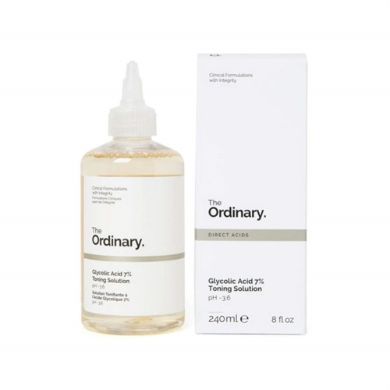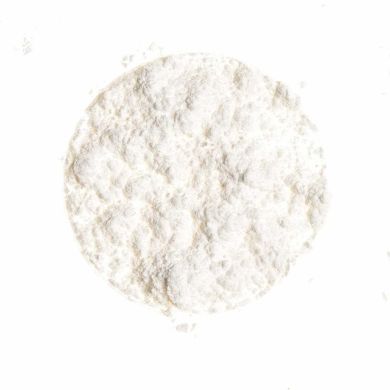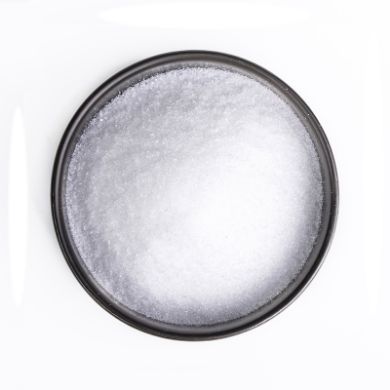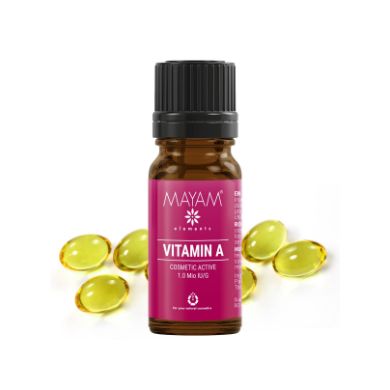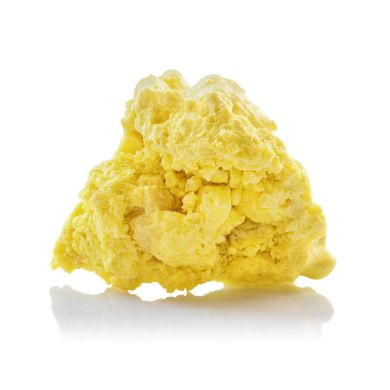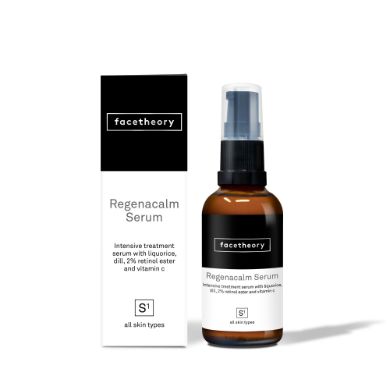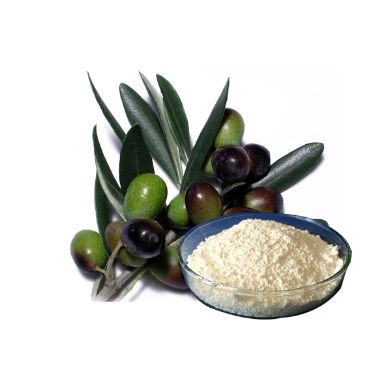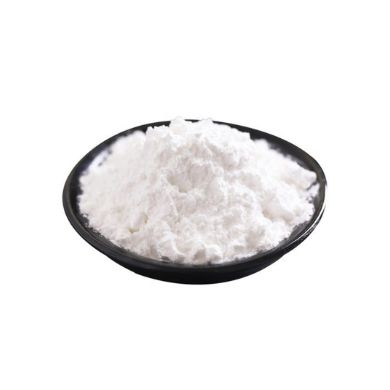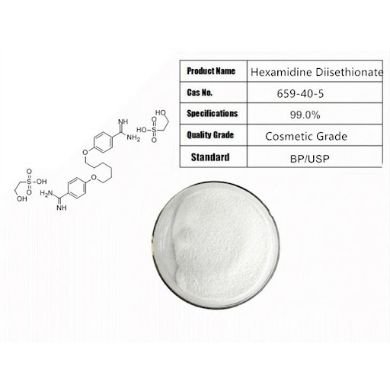Many people suffer from oily skin concerns during the summer. Additionally, oily skin is associated with associated issues such as acne and inflammation. Oily skin is shining and may have huge, dilated pores, which are not conducive to our appearance. How can we alleviate this widespread ailment and maintain a healthy, clean appearance for our skin? To begin, we must understand what causes oily skin.
The primary cause of oily skin is excessive sebum secretion.
Sebaceous glands are microscopic glands located beneath the skin that generate an oily/waxy substance called sebum to lubricate and waterproof mammals’ skin and hair. They are most abundant on the face and scalp in humans, though they are found on all other skin areas save the palms and soles.
Sebum is composed of triglyceride oils, wax, squalene, and fat-producing cell metabolites. It maintains the suppleness of hair and skin. Although it is odorless, the microorganisms that break it down can cause scents.
As you can see, proper serum secretion benefits our human body. Generally, persons with oily skin have a greater ability for anti-aging than those with dry skin. However, when sebum is secreted, it creates a slew of issues and complications.
The potential causes for the over secretion of sebum are as follows:
1. Genes
Our skin type is strongly influenced by the genes we carry. If either of your parents was born with oily skin, you are also likely to have this type of skin.
2. Age
Under the age of 12, sebum excretion typically remains relatively low. Sebum secretion increases during adolescence and reaches a peak between the ages of 16 and 22. That is why many youngsters get acne at this time period. When we reach middle age, serum secretion gradually declines and eventually ceases.
3. Endocrine
Androgen and cortin secretion will increase the size of the sebaceous gland, resulting in an abundant discharge of sebum. That is why men are more likely to have oily skin than women are.
4. Environment
When we are exposed to a hot or dry environment, our transepidermal moisture loss (TEWL) increases significantly. Our sebaceous gland would secrete more sebum at this time to safeguard our epidermal skin by reducing transepidermal moisture loss (TEWL).
5. Pressure
A high pressure level would also result in an increase in sebum excretion.
6. Bad habit
Staying up late and eating an unhealthy diet have a negative effect on our skin. High-calorie and sugary foods enhance the tendency toward oily skin. These unhealthy habits contribute to endocrine disruption and stimulate the sebaceous gland to produce more sebum.
7. UV radiation
Sun exposure inhibits the development of luminous, youthful-looking skin by producing oxidative stress and aging and increasing sebum secretion. Therefore, when we go out throughout the day, we should remember to take physical or chemical sun protection.
How to choose skincare products for oily skin types or those suffering from an acne-prone skin problem?
Certain skincare products with unique compositions may meet your expectations for general oily skin improvement or acne prevention.
When it comes to selecting skincare products, pricing should not be the defining factor. For those with oily or acne-prone skin, using skincare products that contain ingredients that stimulate the stratum corneum’s metabolism is a smart choice. Here are some sample compositions for your convenience:
Glycolic Acid
Salicylic Acid
Lactic Acid
Malic Acid
Tartaric Acid
Dl-mandelic Acid
Peptide-acid complex
Vitamin A Palmitate
Retinol
The compounds listed above are frequently used as stimulants of stratum corneum metabolism. They can be utilized to prevent hyperkeratosis and blocking of the sebum metabolism channel. They are quite effective at preventing oil release.
Among these formulations, salicylic acid is without a doubt the most effective component for oily and acne-prone skin. It is liposoluble and hence capable of penetrating deeply into our pores and removing excess grease. For example, if you have acne and clogged pores, water-soluble acids will only remove excess sebum from the surface, which overflows and clogs the cutaneous “pipe.” Salicylic acid, on the other hand, can “dredge the pipe” and clear away the clogs in our epidermis. It possesses anti-oil, sterilization, anti-inflammatory, and bleaching properties.
The following compositions have the potential to inhibit Propionibacterium acnes.
Sulfur
Di-mandelic acid
Salicylic Acid
Sodium Ascorbyl Phosphate; STAY-C 50
Oleanolic Acid
Sebacid Acid
Hexamidine Diisethionate
Sulfur, niacinamide, zinc PCA, etc. could contain the secretion of sebum.
Ingredients that are anti-inflammatory are dipotassium glycyrrhizate, stearyl glycyrrhetinate, and alpha-bisabolol.
For the purpose of protecting the wounds: chitosan

